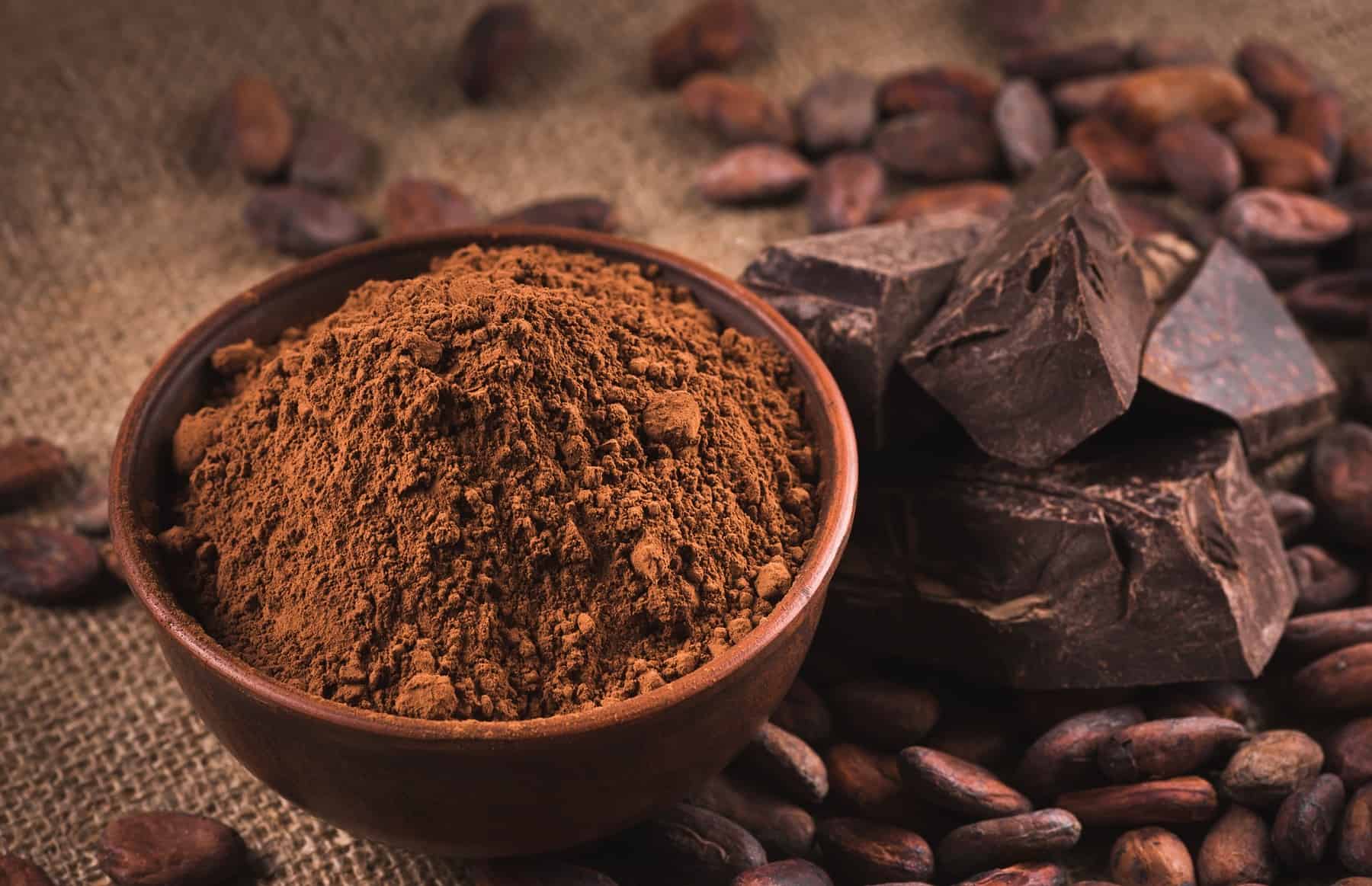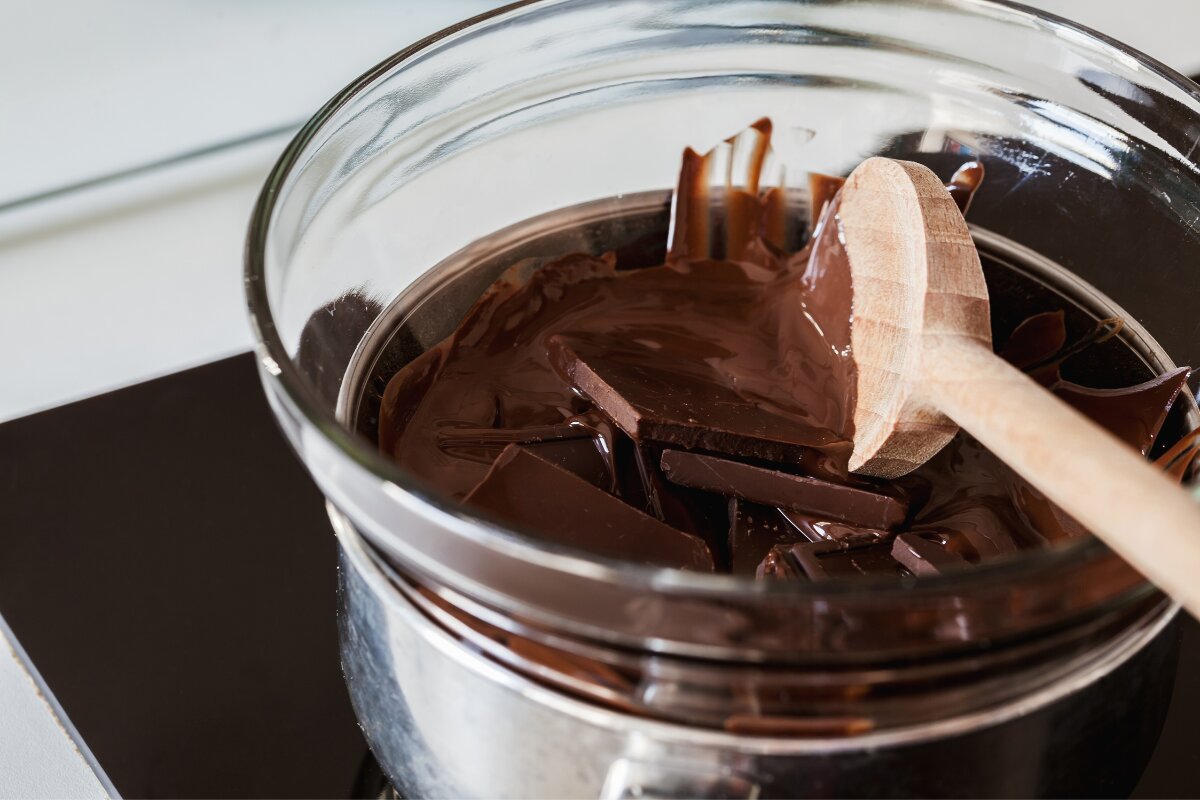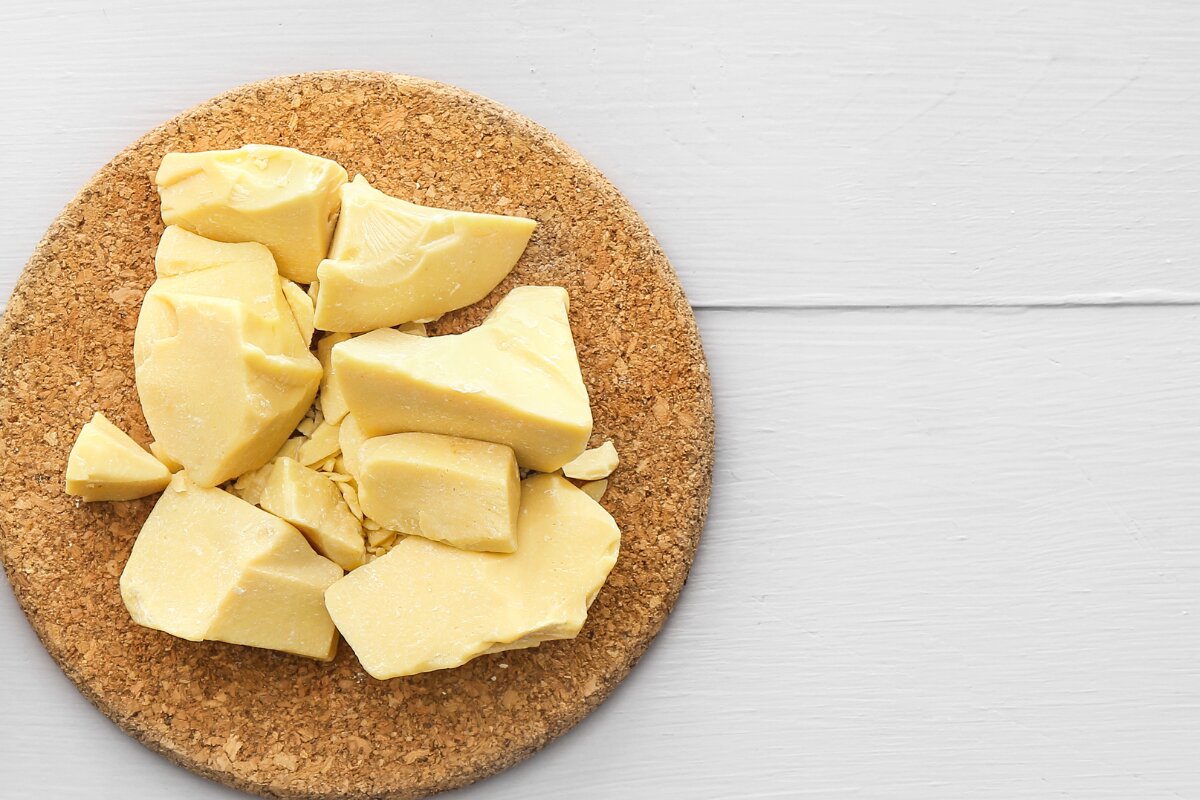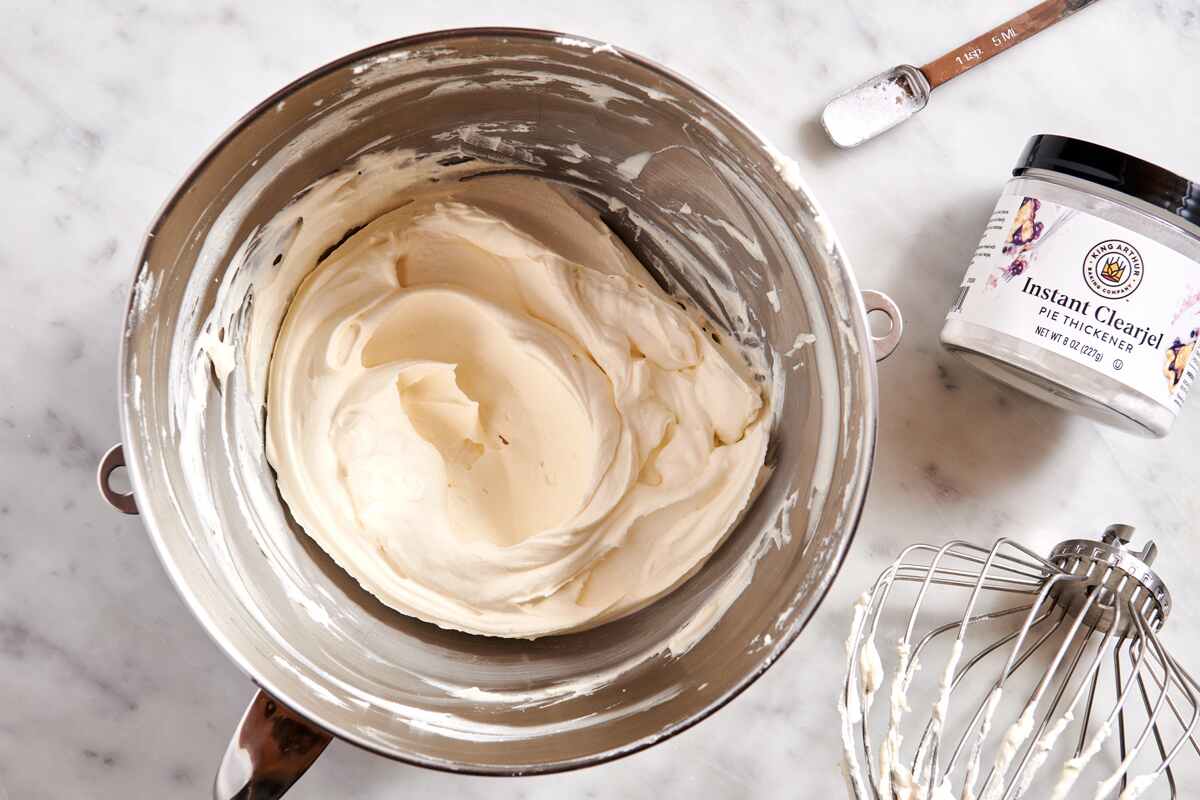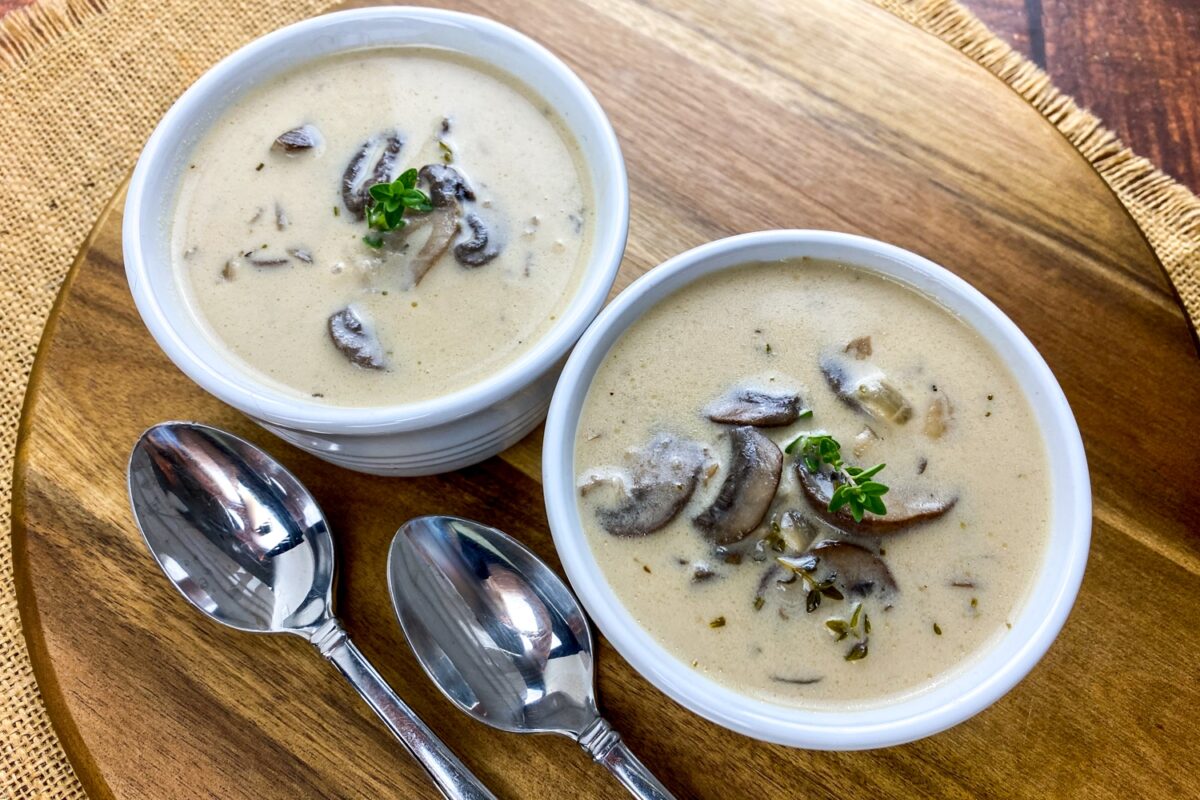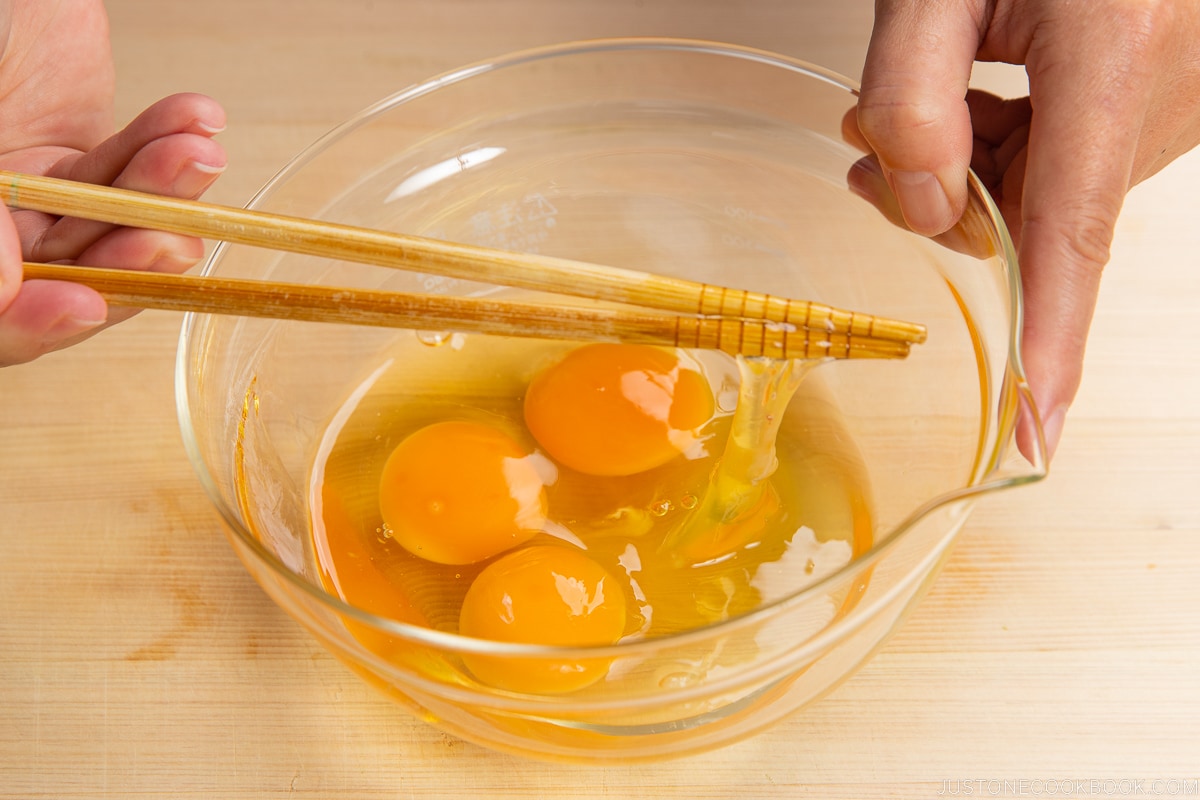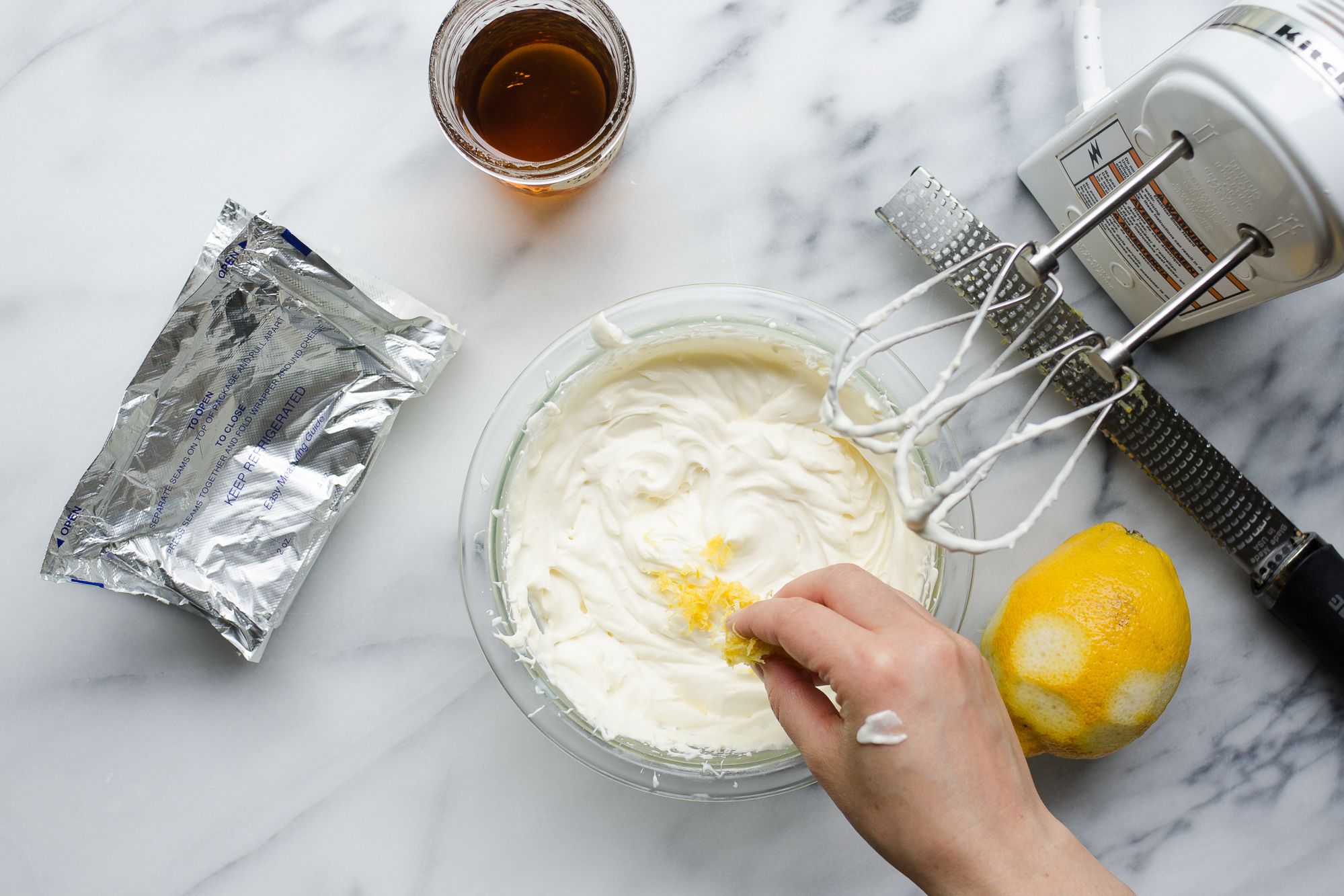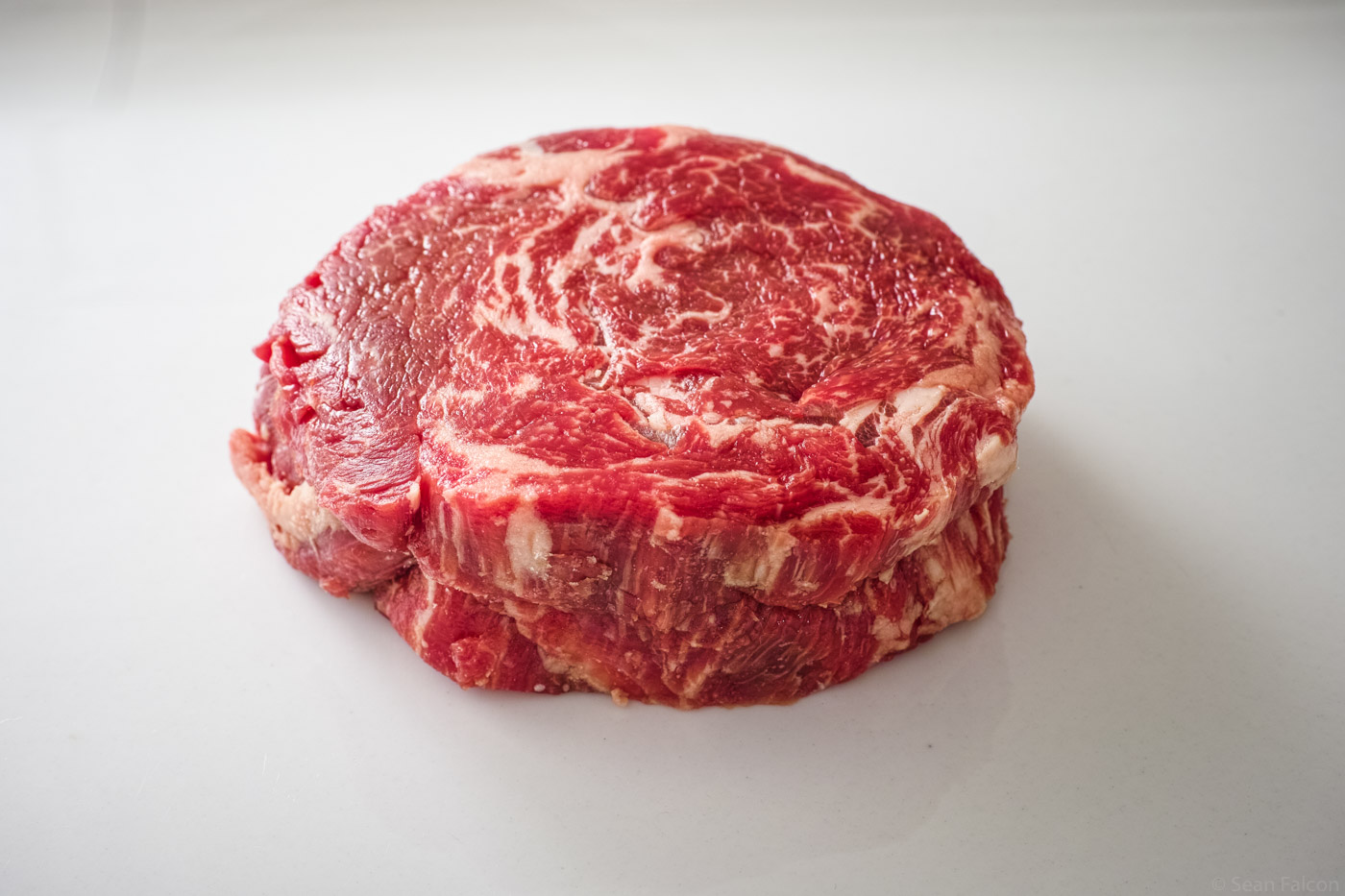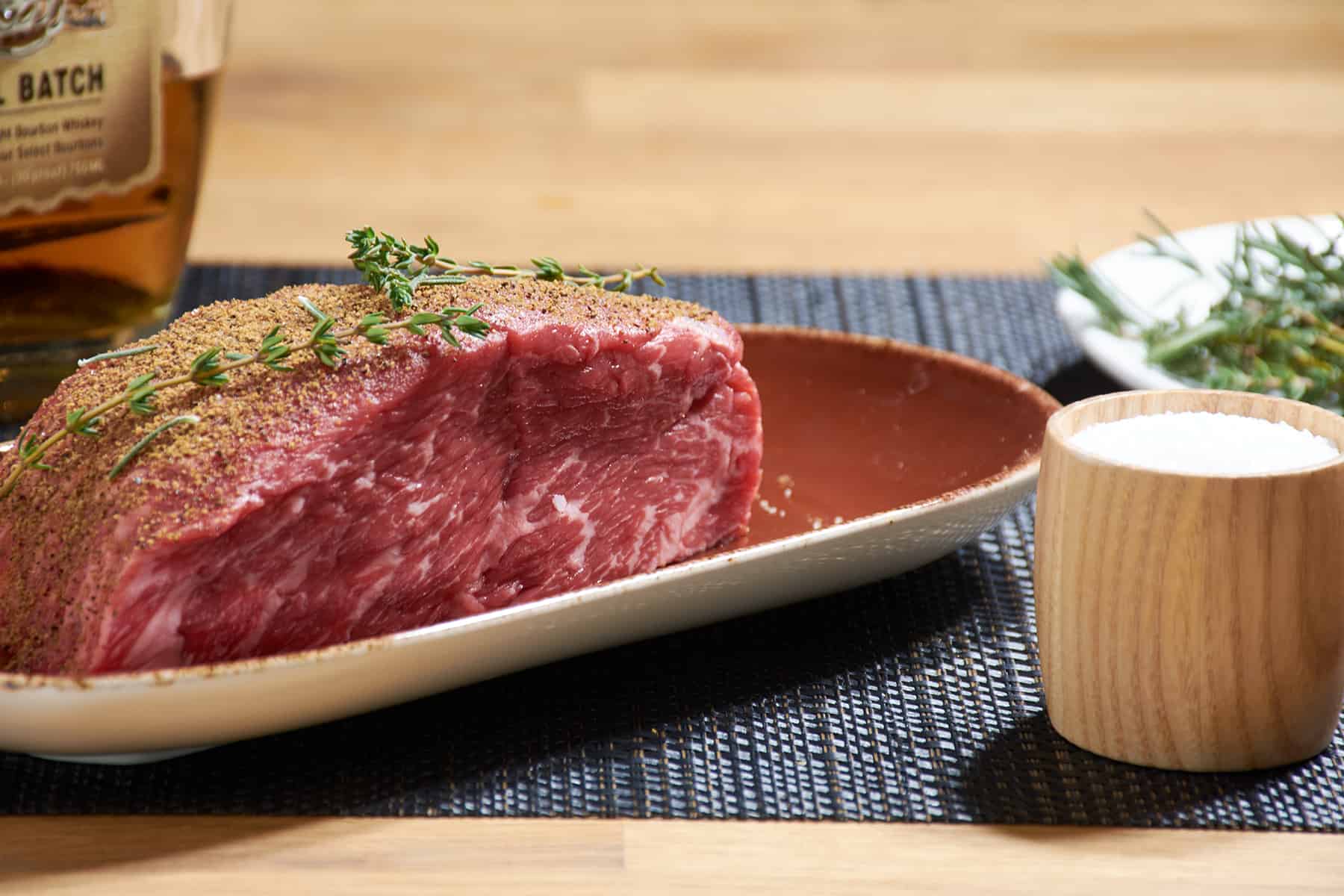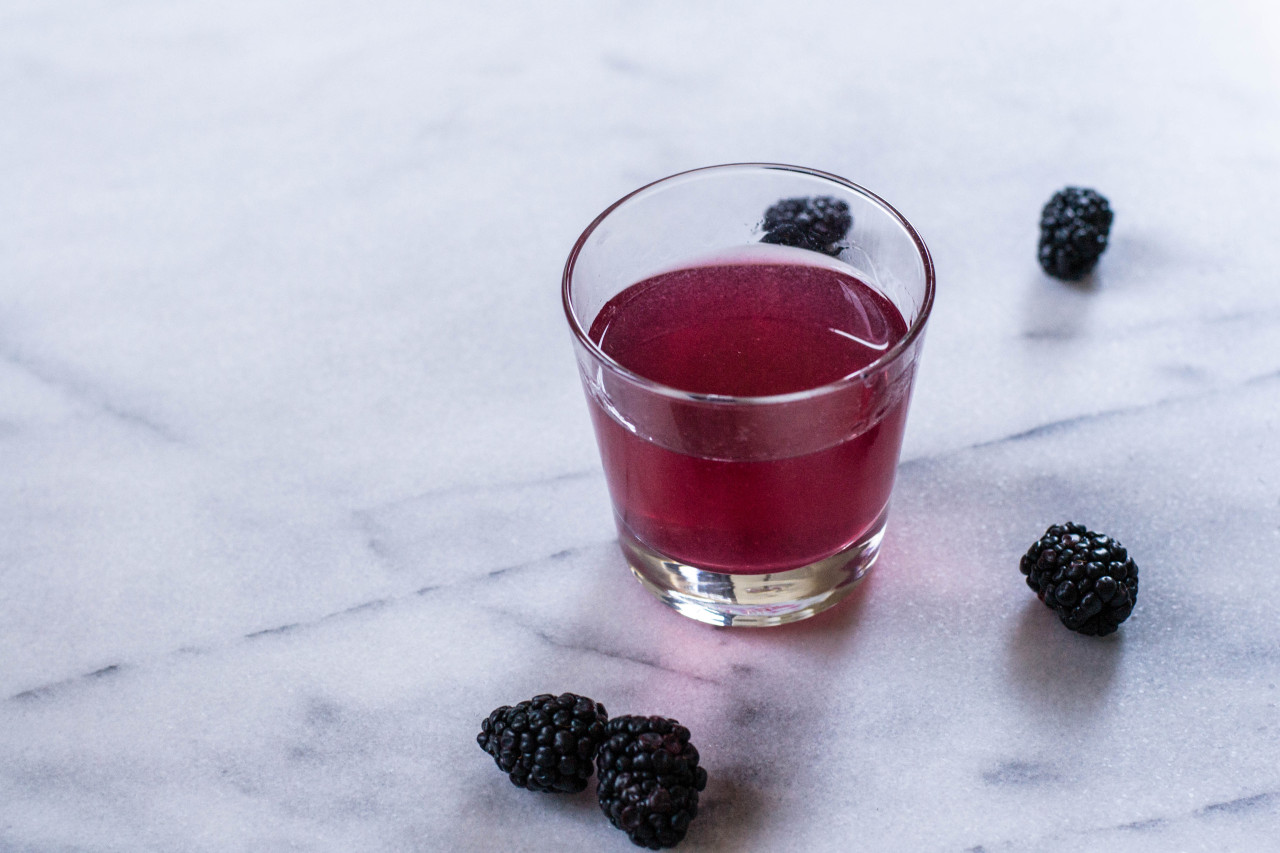Understanding Cocoa Butter and its Color
Before we dive into the process of tempering cocoa butter color, let’s first understand what cocoa butter is and why its color is important in the culinary world. Cocoa butter is a natural fat that is extracted from cocoa beans during the process of making chocolate. It is a key ingredient in chocolate production and is also used in various cosmetic and pharmaceutical products due to its moisturizing properties.
Why Temper Cocoa Butter Color?
Tempering cocoa butter color is essential for achieving the desired appearance and texture in chocolate products. When cocoa butter is not properly tempered, it can result in unattractive discoloration, grainy texture, and poor mouthfeel in chocolate. Tempering helps to stabilize the cocoa butter crystals, ensuring a smooth, glossy finish and a satisfying snap when you bite into a piece of chocolate.
The Process of Tempering Cocoa Butter Color
Tempering cocoa butter color involves carefully heating and cooling the cocoa butter to encourage the formation of stable crystals. Here’s a step-by-step guide to tempering cocoa butter color:
- Heat the cocoa butter: Begin by gently heating the cocoa butter to a temperature of around 115°F to 120°F. This will melt the cocoa butter and ensure that all the crystals are fully dissolved.
- Cool the cocoa butter: Once the cocoa butter is fully melted, it needs to be cooled down to a specific temperature to encourage the formation of stable crystals. The cooling process should be gradual and controlled to avoid the formation of unwanted crystals.
- Reheat the cocoa butter: After the cocoa butter has been cooled to the appropriate temperature, it needs to be gently reheated to around 88°F to 90°F. This will help to further stabilize the crystals and ensure that the cocoa butter is in the perfect state for use in chocolate making.
Factors Affecting Cocoa Butter Color Tempering
Several factors can influence the tempering of cocoa butter color, including temperature, humidity, and the type of cocoa beans used. It’s important to take these factors into consideration and make adjustments to the tempering process as needed to achieve the desired color and texture in chocolate products.
Testing the Tempered Cocoa Butter Color
Once the cocoa butter has been tempered, it’s important to test its color and texture to ensure that it meets the desired standards. This can be done by spreading a small amount of tempered cocoa butter onto a piece of parchment paper and allowing it to cool. The resulting appearance and texture can provide valuable insights into the quality of the tempering process.
Conclusion
Tempering cocoa butter color is a crucial step in the production of high-quality chocolate products. By understanding the process of tempering and taking into account the factors that can influence cocoa butter color, you can achieve the perfect finish and texture in your chocolate creations. With practice and attention to detail, mastering the art of cocoa butter color tempering can elevate your chocolate-making skills to new heights.
For those looking to master the art of tempering cocoa butter color, several recipes stand out as perfect opportunities to practice and showcase this skill. Chocolate-Covered Pretzels and Chocolate-Covered Almonds are excellent starters, providing a simple yet effective canvas for vibrant colors. Decorative Chocolate Lollipops and Decorative Chocolate Leaves offer a more creative outlet, allowing one to experiment with intricate designs and hues. For a more sophisticated touch, Assorted Chocolate Pralines and Chocolate Bonbons challenge the chocolatier to maintain consistency and precision in their work.
